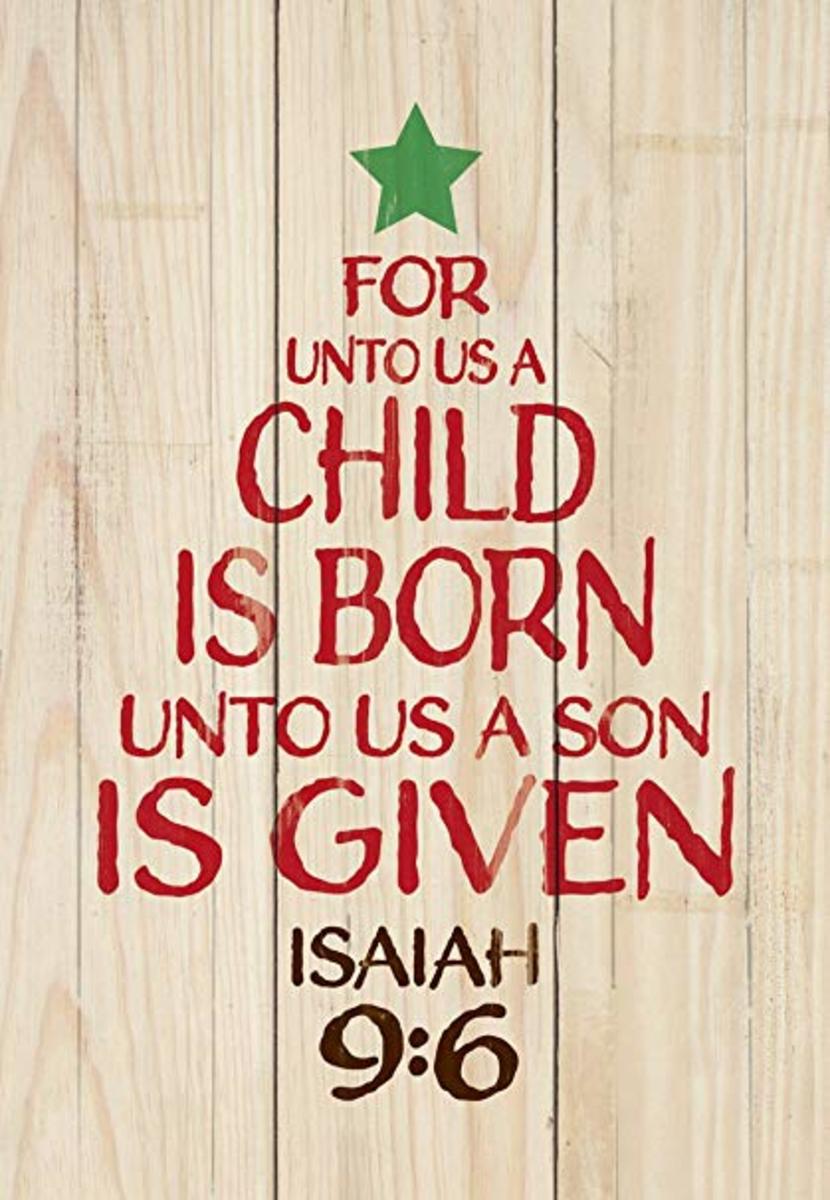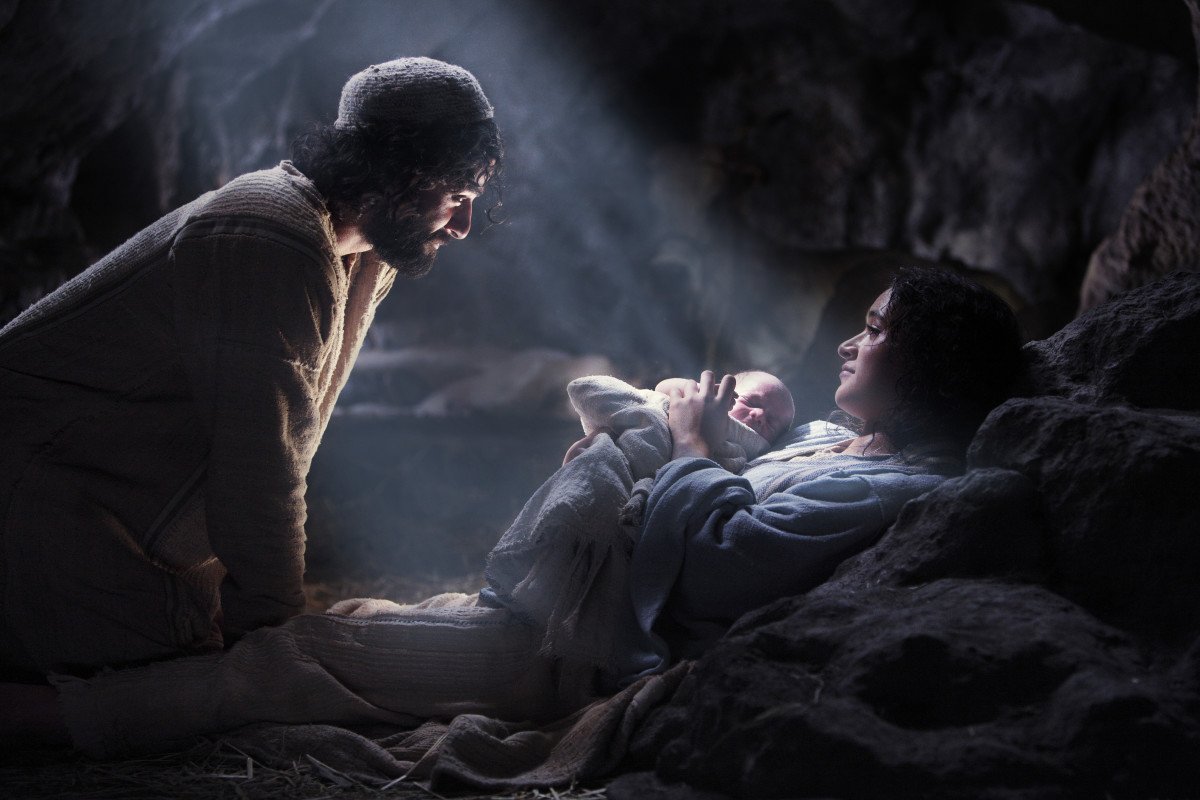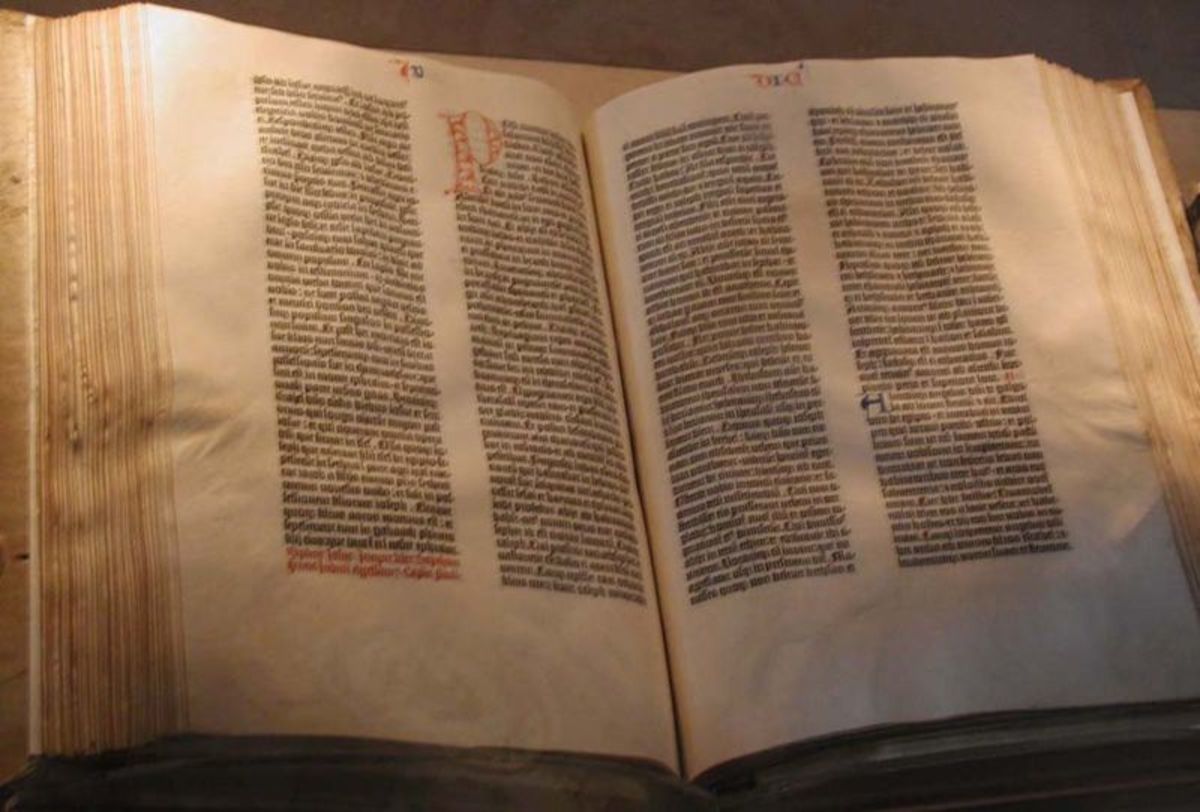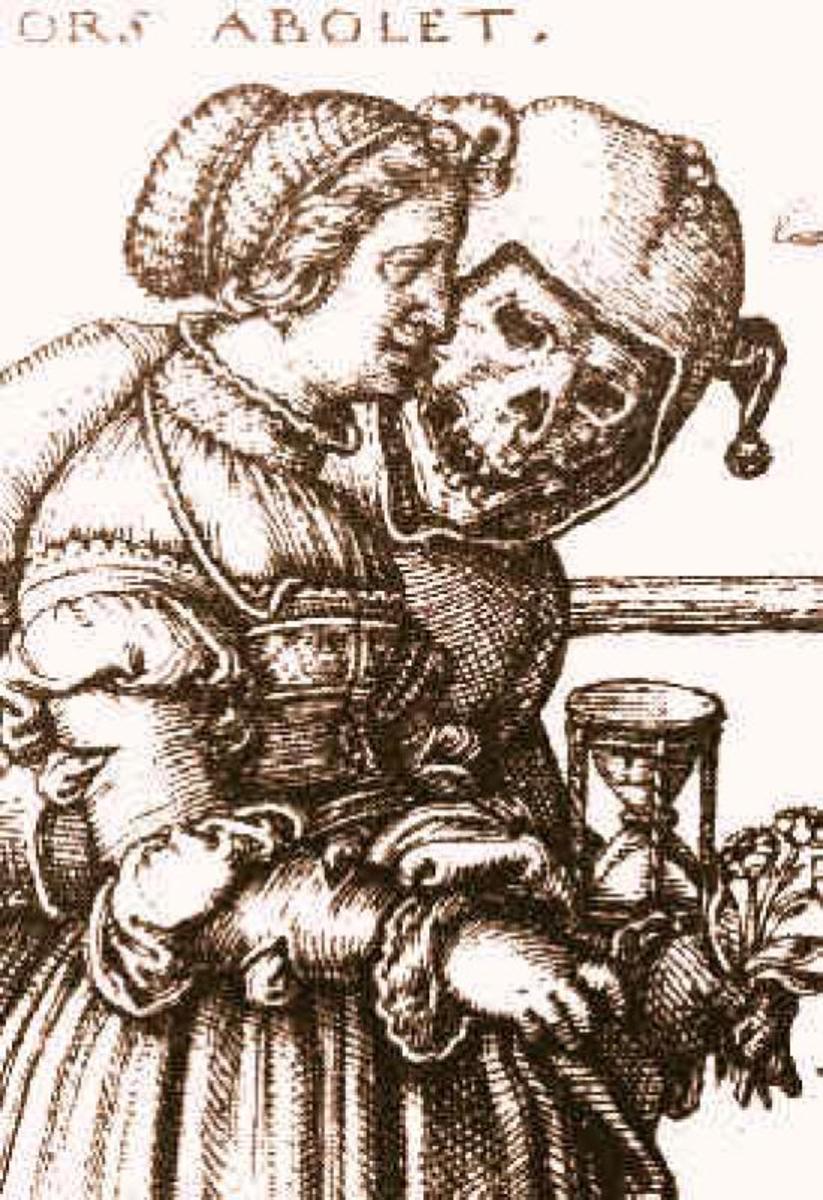Bible: What Does Luke 2 Teach Us About the Birth and Early Years of Jesus, and About Simeon and Anna?
Jesus, Joseph, and Mary
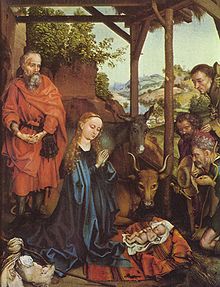
John MacArthur
Fulfilled Prophecy
view quiz statisticsLuke 2
Luke sets the birth of the Messiah in its historical, political, and geographical contexts.
In obedience to Caesar Augustus’s imperial decree issued during the Syrian governance of Quirinius (1st term— 4 B.C. to A.D. 1) requiring the registration (census) of all citizens of the Roman empire, Joseph, son of David, travels from his work address (Nazareth, Galilee) “to his own city” (Bethlehem, Judea) [the city of David] with his pregnant betrothed, Mary [vv. 1-5].
While in Bethlehem, Mary bears her firstborn son in mean circumstances, being forced to lay her child in a feeding trough, perhaps cut out of a rock wall [Ryrie, New Testament Study Bible, 108] instead of in the normal bed of an inn (vv. 6-7).
[She gives birth to the Ruler of the universe in fulfillment of Micah 5:2— a fact that Luke does not mention, by the way.
Did the “innkeeper” make any effort to persuade his clientele to give up their room for a woman in labor?]
At the same time, God prepares shepherds as witnesses to His Son’s birth, sending a glorious angel to them as they kept a night vigil with their flocks (vv. 8-9a).
Initially petrified by the divine effulgence that pierced the dark sky (v. 9b), the shepherds recover their wits well enough not only to hear the angel proclaim the gospel (“good tidings of great joy”), celebrating the birth of a Savior (Christ the Lord) in “the city of David” (vv. 10-11), but also to receive guidance as to how they could identify the Child (v. 12).
In addition, God suddenly treats these rustics to an unforgettable heavenly display: a “multitude” of angels appears, chanting praises to Him and hopes for “peace” among His beloved people (“men with whom He is pleased”) [v. 14].
[Contrary to popular belief, God promises “peace” to the faithful (cf. Heb. 11:6); the verse does not proclaim His general good feelings toward all of sinful humanity.]
Believing the vision, these men of the field and flock immediately obey the angel’s directive and find the manger scene just as he had said (vv. 15-16).
Subsequently, they begin to witness to God’s message, startling those who hear them (vv. 17-18).
For some reason, Luke inserts Mary’s reaction to their words: she treasures and thinks deeply about them (v. 19).
Afterwards, the shepherds return to their milieu and continue to worship God for His goodness to them (v. 20).
Simeon
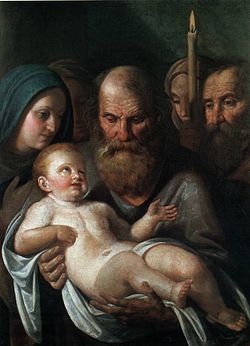
The Consolation of Israel
view quiz statisticsJesus' Circumcision
Eight days later, the Child undergoes circumcision (cf. Lev. 12:3), and his parents name Him Jesus in obedience to Gabriel’s pre-conception message (v. 21; cf. 1:31). [Jesus' name means "Jehovah is salvation or Jehovah saves." ]
After Mary completes her thirty-three days of purification, she and Joseph present their first-born, the Holy Child, to the Lord (vv. 22-23; cf. Ex. 13:2), and offer a “burnt offering and a sin offering for her cleansing (Lev. 12:4-6)” [108]. [Mary acknowledges herself as a sinner by offering these sacrifices.]
That they can sacrifice only ‘a pair of turtledoves or two young pigeons’ rather than a lamb shows their poverty” (v. 24) [109].
While in Jerusalem, Mary and Joseph encounter two venerable characters in the temple: Simeon (vv. 25-35) and Anna (vv. 36-38).
Luke emphasizes Simeon’s devout faith in God’s promise of a Messiah (“the Consolation of Israel”) [v. 25] as well as his intimate relationship with the Holy Spirit (vv. 25-27).
This elderly Jew had received from Him an extraordinary, unique revelation: “You shall see the Messiah before you die” (v. 26; cf. Mt. 16:28 for Jesus’ promise to certain disciples regarding the “coming of the Kingdom”).
Compelled by the Spirit, Simeon arrives in the temple in time to see the Child and cradle Him (vv. 27-28).
[That Mary would allow this old man to hold her Child indicates either that she knew of Simeon beforehand, or the Spirit had communicated to her that he was a respectable, godly worshiper.]
His prayer bespeaks thankfulness, acknowledging God’s faithfulness to His word (v. 29).
Addressing the Lord, Simeon calls Jesus “Your salvation” (v. 30)—the One Whom He has prepared (v. 31) to enlighten the Gentiles (v. 32a; cf. Is. 42:6; 49:6) and bring glory to Israel (v. 32b).
Mary and Joseph stand amazed at his initial testimony (v. 33), but they have yet to hear the rest of Simeon’s message.
Turning to Mary alone, he prophesies about the spiritual influence that Jesus was destined to wield (“the fall and rising of many in Israel”) [v. 34a], about the opposition that His coming would elicit (v. 34b), about the agony that His life and death would personally cause her (v. 35a), and about the thoughts that His claims would reveal (v. 35b).
[Both Gentiles and Jews will examine not only Jesus’ character but also His death and resurrection; these factors will force them to show where their hearts are in a spiritual sense.
Apart from God’s gracious intervention, sinners (that is, all human beings) will always choose to reject Him and His message.]
Anna
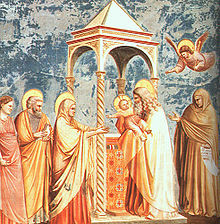
Anna, The "Prophetess"
Next, Luke relates several facts about Anna:
(1) Her giftedness (prophetess: teacher of divine truth);
(2) Her lineage (daughter of Phanuel of Asher);
(3) Her years of marriage (“lived with a husband seven years from her virginity”);
(4) Her longevity (“of a great age” [v. 36], “of about eighty-four years” [v. 37a]); and
(5) Her employment (“who did not depart from the temple, but served God with fastings and prayers night and day” [v. 37b].
While Simeon is speaking, she enters the scene and begins thanking the Lord, proclaiming “Him” (Jesus specifically, or God in general) as the Redeemer of Jerusalem to all seekers (v. 38).
Joseph and Jesus
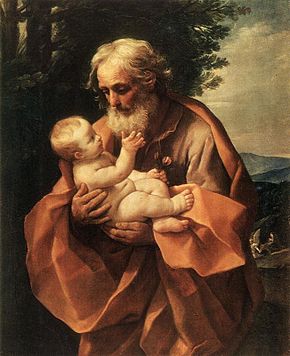
After mentioning again the faithfulness of Jesus’ parents (v. 39a; cf. 2:21, 22-24, 27), Luke notes their return home to Nazareth, Galilee (v. 39b).
Their “son” Jesus makes spiritual progress in His early years. Not unlike John His cousin (cf. 1:80), He becomes
(1) strong in spirit;
(2) filled with wisdom; and
(3) endowed with God’s grace (not unmerited favor, but ability to live righteously) [v. 40].
[It is difficult to see how a young child can become “filled” with wisdom.]
For the next twelve years, Joseph and Mary remain faithful Jews, attending the Passover celebration in Jerusalem every year (v. 41).
[No canonical Scripture exists that reveals anything about Jesus’ early life (years 1-12).]
Bar Mitzvah

In Jesus’ twelfth year—the year He becomes a bar mitzvah (“son of the commandment”) anticipated by a year—they bring Him along for the week (vv. 42-43a).
His remaining behind in Jerusalem causes a stir not only among His parents and relatives, who left the city unaware of His absence (vv. 43b-45), but also among the Jewish rabbis with whom He hobnobbed for three days, asking and answering questions (vv. 46-47).
Having anxiously searched for Him for a day, Mary (the spokesperson—Joseph probably knew better than to doubt his “son’s” actions) scolds Jesus when she finds Him dialoguing with the doctors (v. 48).
His innocent response, cryptic and perceptively (though respectfully) corrective of His mother, indicates an awareness of His special relationship with His true Father (vv. 49-50).
Submitting to their authority over Him, Jesus returns to Nazareth, while Mary continues to store these “things” in her heart (v. 51; cf. 2:19).
[She keeps the shepherds’ comments about Jesus and Jesus’ own statements about Himself as if they were treasures.
Surely she already knows her Son’s identity, does she not?]
Verse 52 neatly summarizes the content of “the missing years”—from age twelve to age thirty: Jesus grows stronger physically and spiritually, developing great respect among His people and great favor with His God.
© 2013 glynch1


